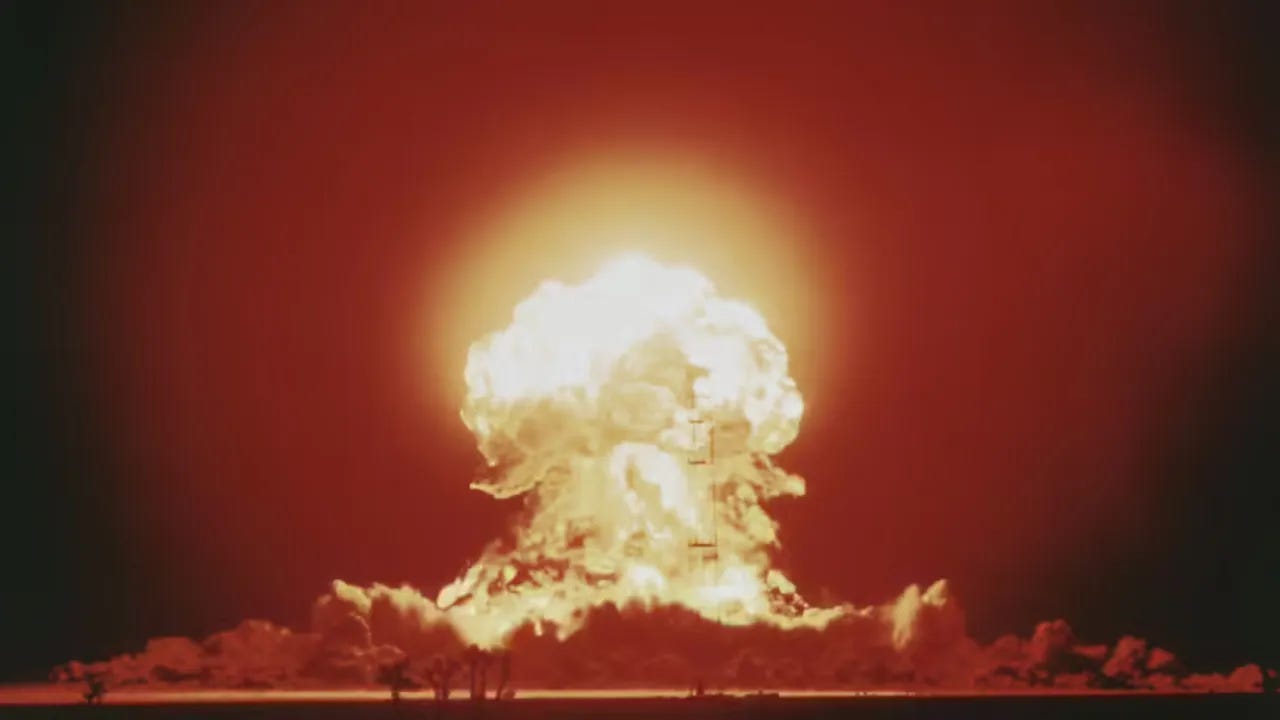With India and Pakistan seemingly stumbling down a road to war, it is worth reviewing what is known about the two countries’ respective nuclear arsenals.
The latest assessment by the Center for Arms Control and Non-Proliferation puts India’s nuclear stockpile at 160 devices, all of which have yields at or below 40 kilotons. Approximately 48 of those are aerial devices and would be delivered by nuclear capable F-16 and Mirage III fighters. A further 64 warheads are believed to be deliverable by land-based ballistic missile, with an unknown number of submarine-launched missiles to complete a nuclear triad. India is believed to possess enough weapons-grade material to produce a total of 213 warheads, and is building breeder reactors to produce even more.
Pakistan’s arsenal is assessed at around 165 devices of somewhat smaller yield (5-12 kilotons), although it may have some warheads deliverable by ballistic missile with yields up to 40 kilotons. Like India, it has been actively building additional devices, and may have as many as 200. All are either aerial devices or delivered via ballistic missile.
How bad would a nuclear exchange between the two countries be? Based on a 2019 study done by the American Association for the Advancement of Science, nuclear war between India and Pakistan would be catastrophic for the two countries. Even a “limited” nuclear exchange would produce horrific death tolls, and the resulting smoke, ash, and debris sent into the atmosphere would quite likely produce a drop in local temperatures at the very least.
If the two countries end up exchanging a large number of nuclear weapons, enough smoke, ash, and debris could be sent into the upper atmosphere to produce cooling on a global scale, and perhaps even a “nuclear winter”. That could produce enough global cooling to drastically reduce global harvests, triggering a wave of food insecurity and even famine on a global scale.
For the subcontinent, a nuclear war between India and Pakistan is a war both sides lose, and lose bigly. If the nuclear war is large enough, the entire world could end up losing.
That such scenarios can be projected from the two countries’ nuclear arsenals hopefully gives both countries maximum incentive to find an off-ramp to peace from their current conflict.




